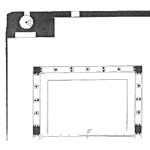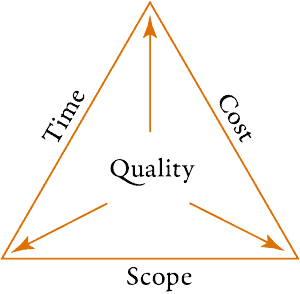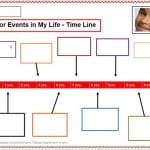
Many of our customers (internal/external) trust us when we say that a Weibull analysis is the best approach to understanding what the data set is telling us. We then take their data set, do something mysterious where no one can see us, and then present these accurate predictions as to what is going to happen with a given population of the product at some future date. [Read more…]















 Ask a question or send along a comment.
Please login to view and use the contact form.
Ask a question or send along a comment.
Please login to view and use the contact form.